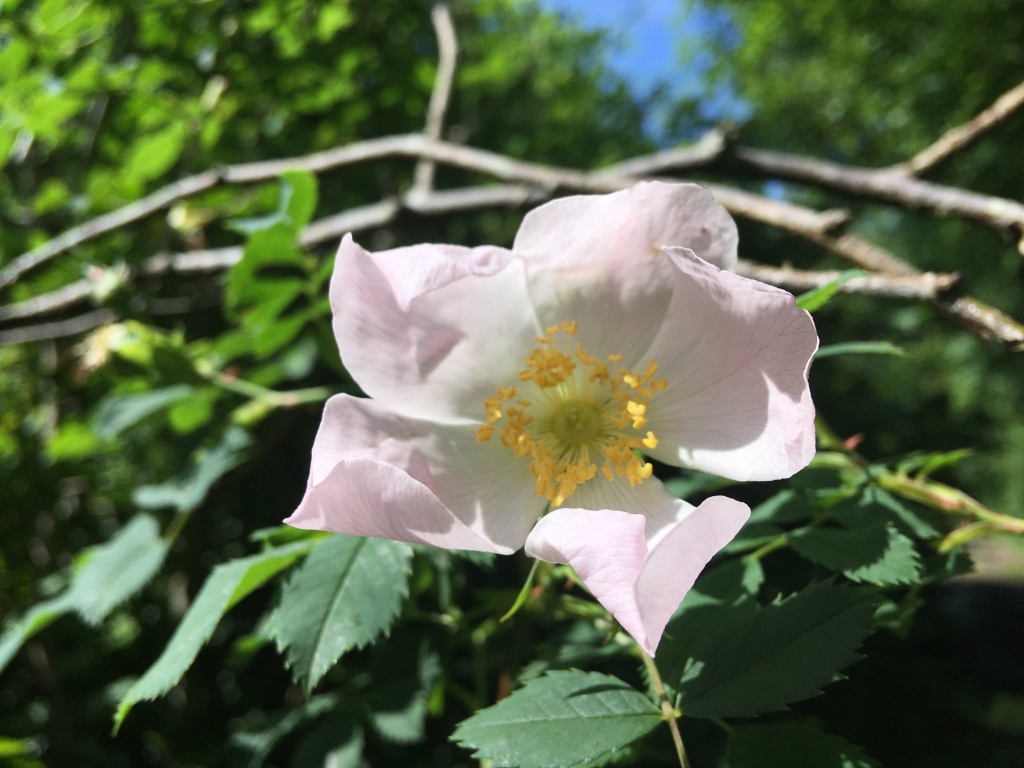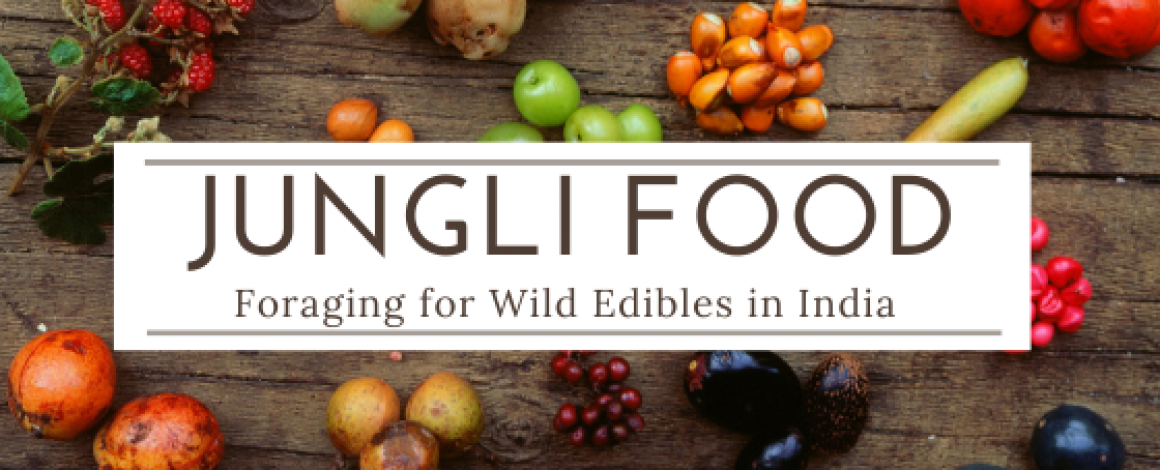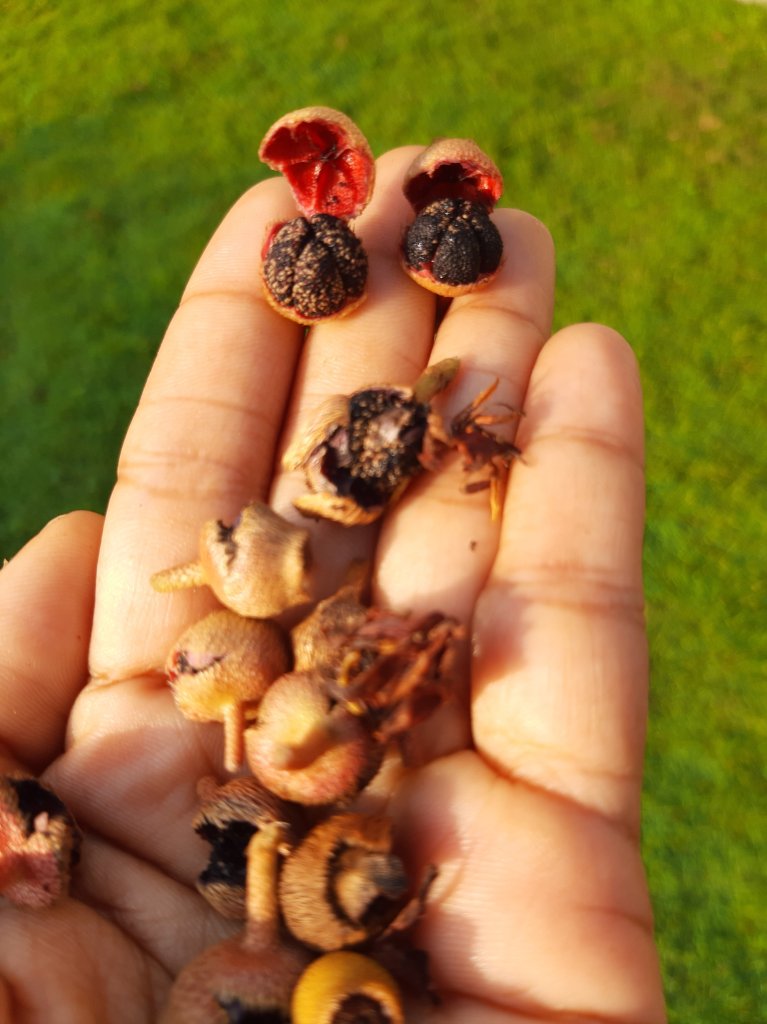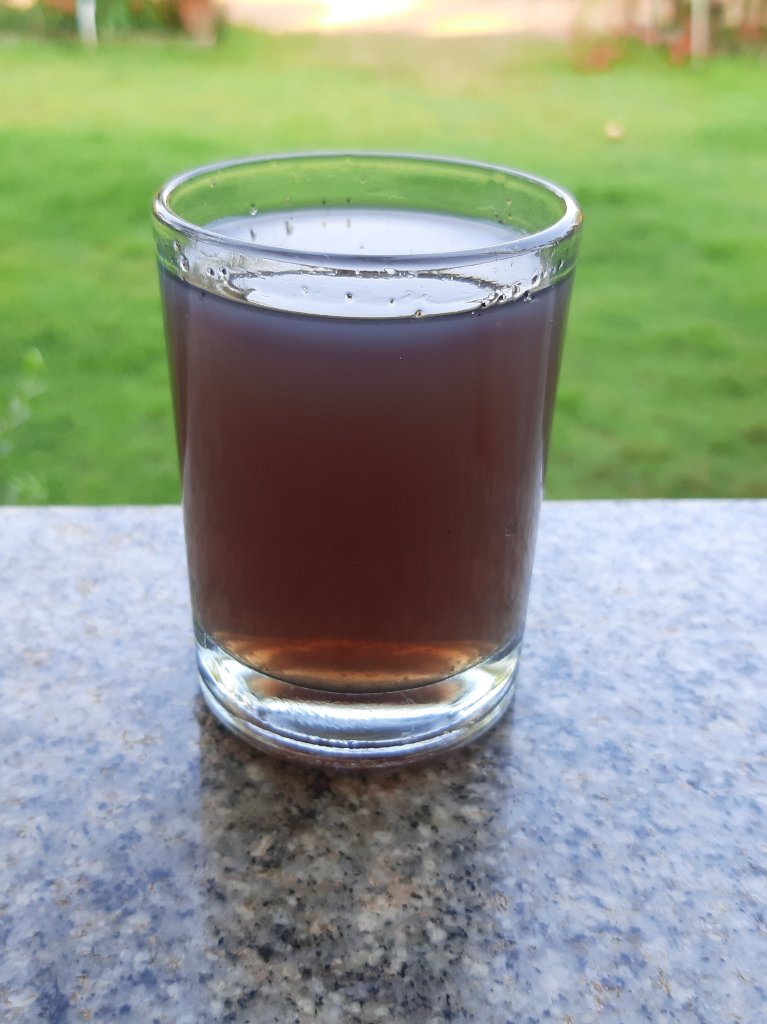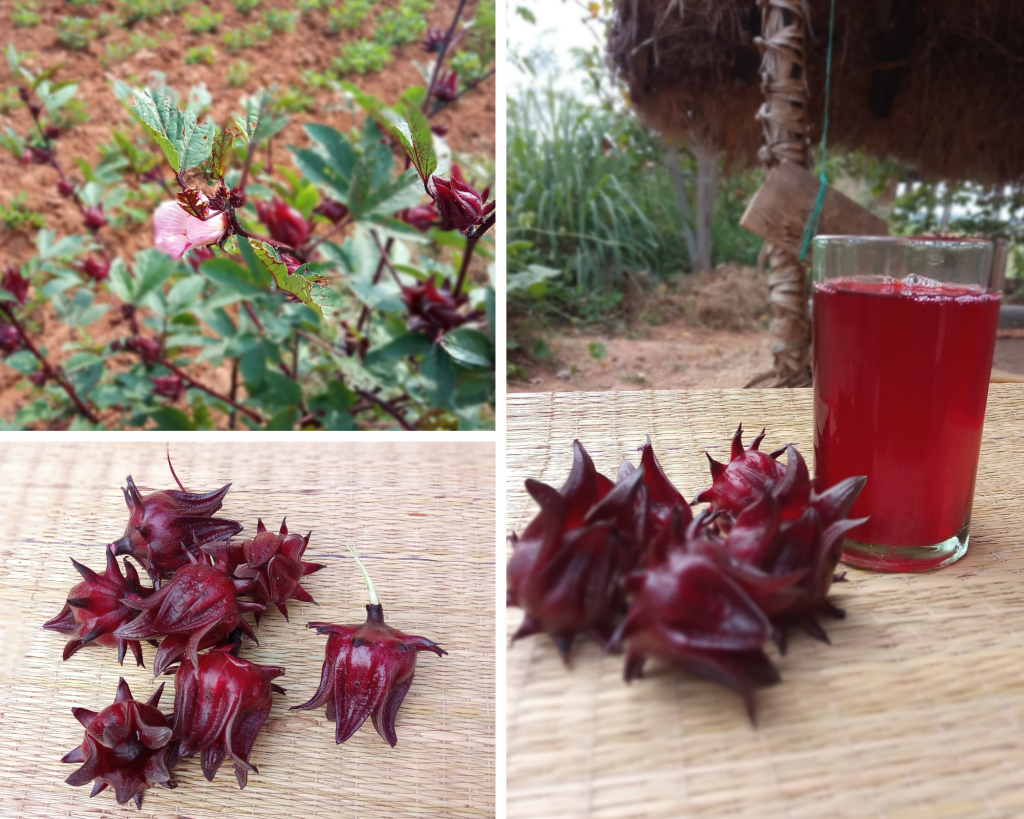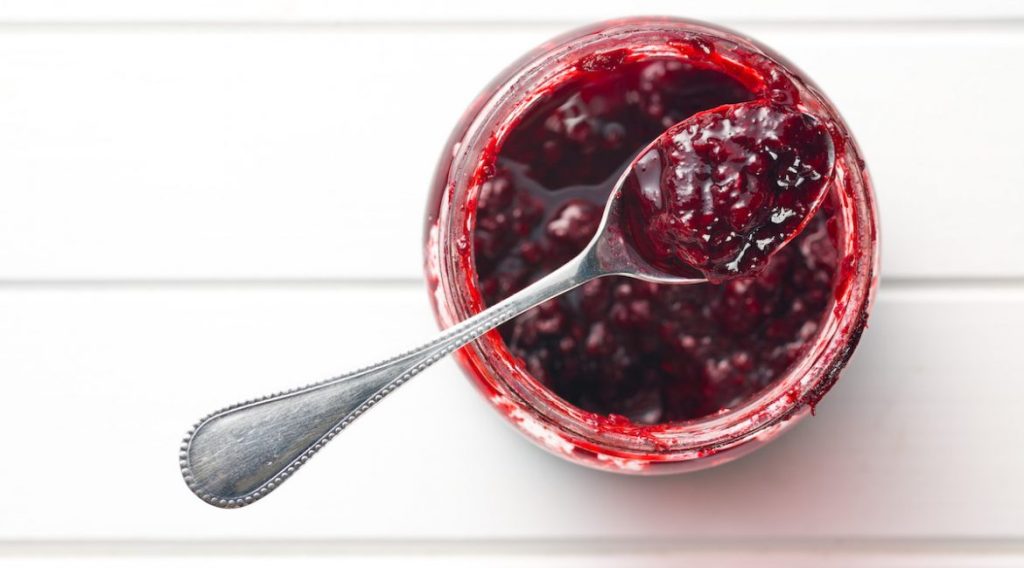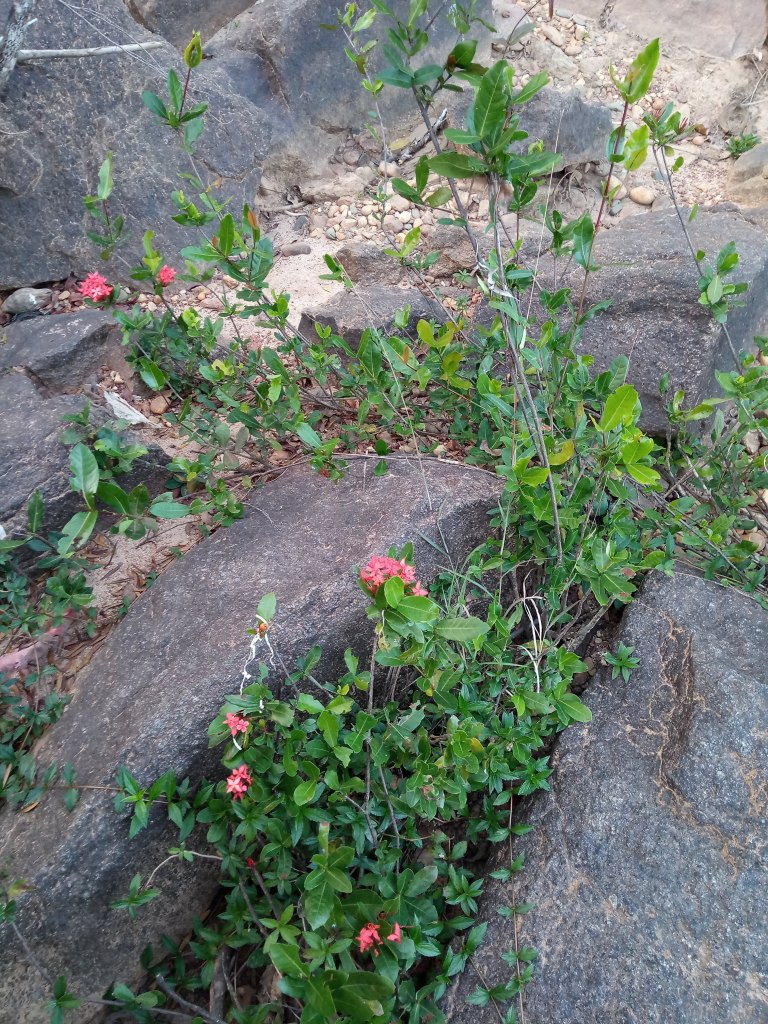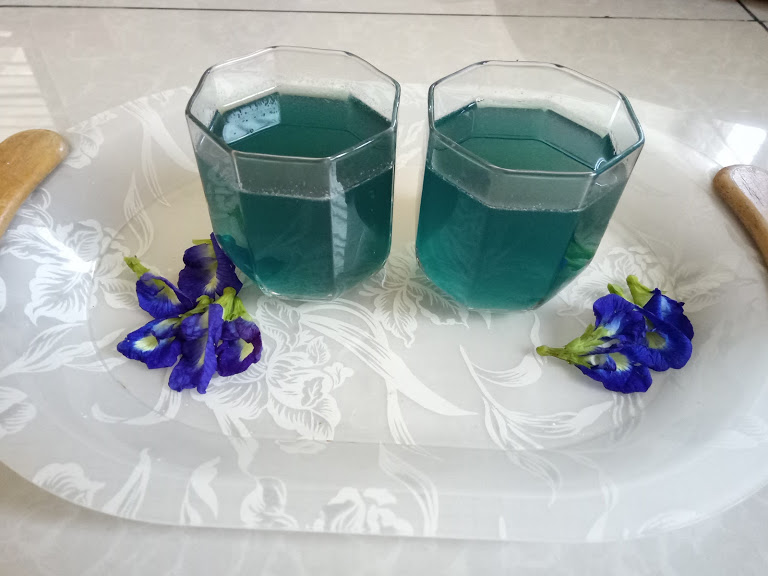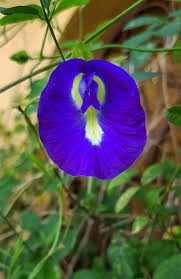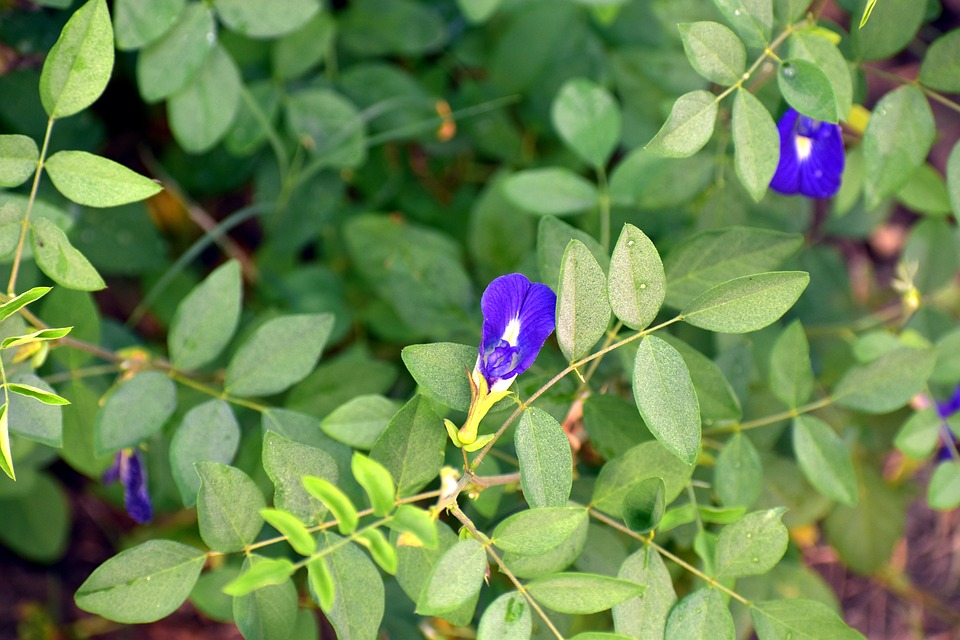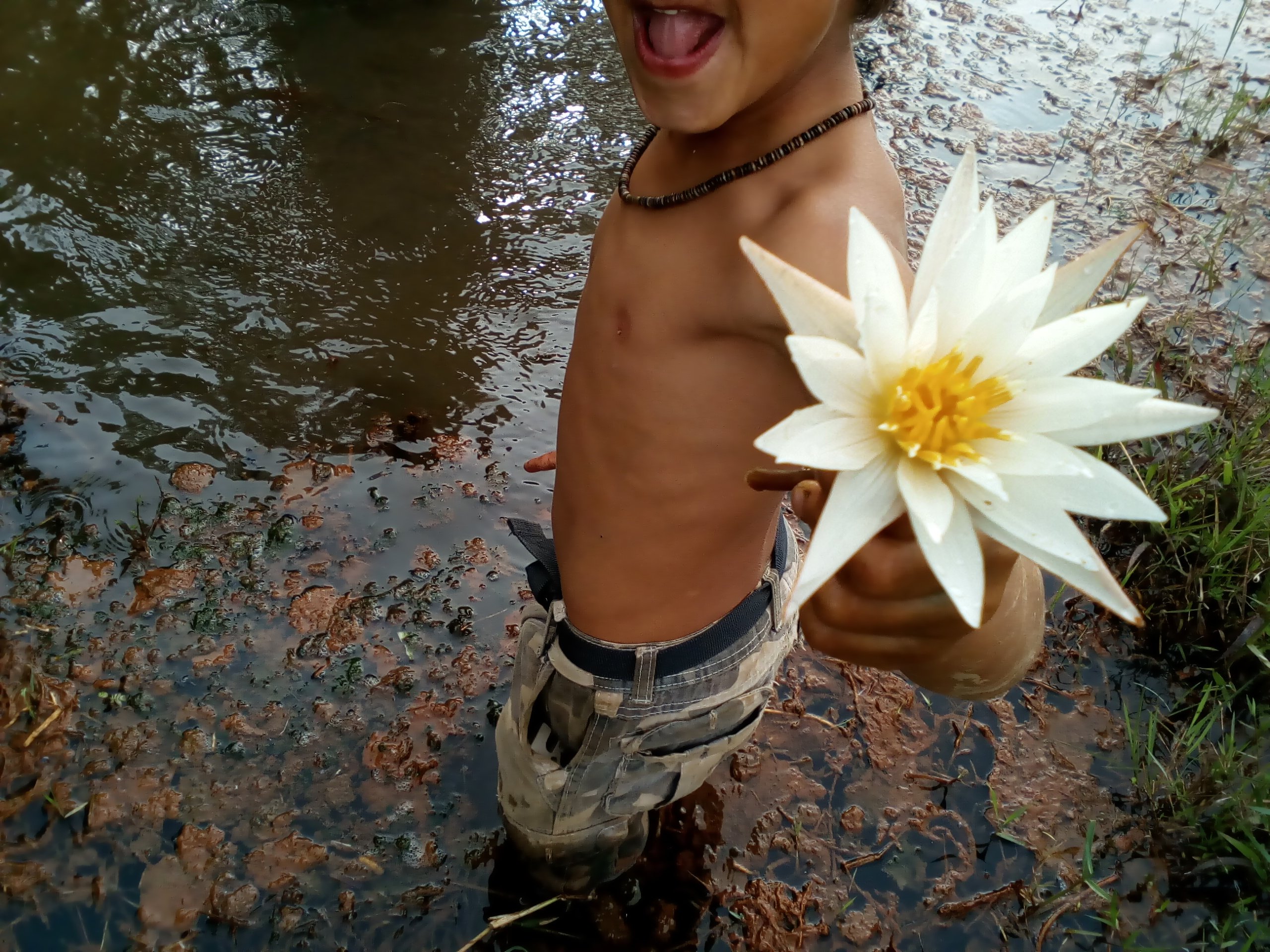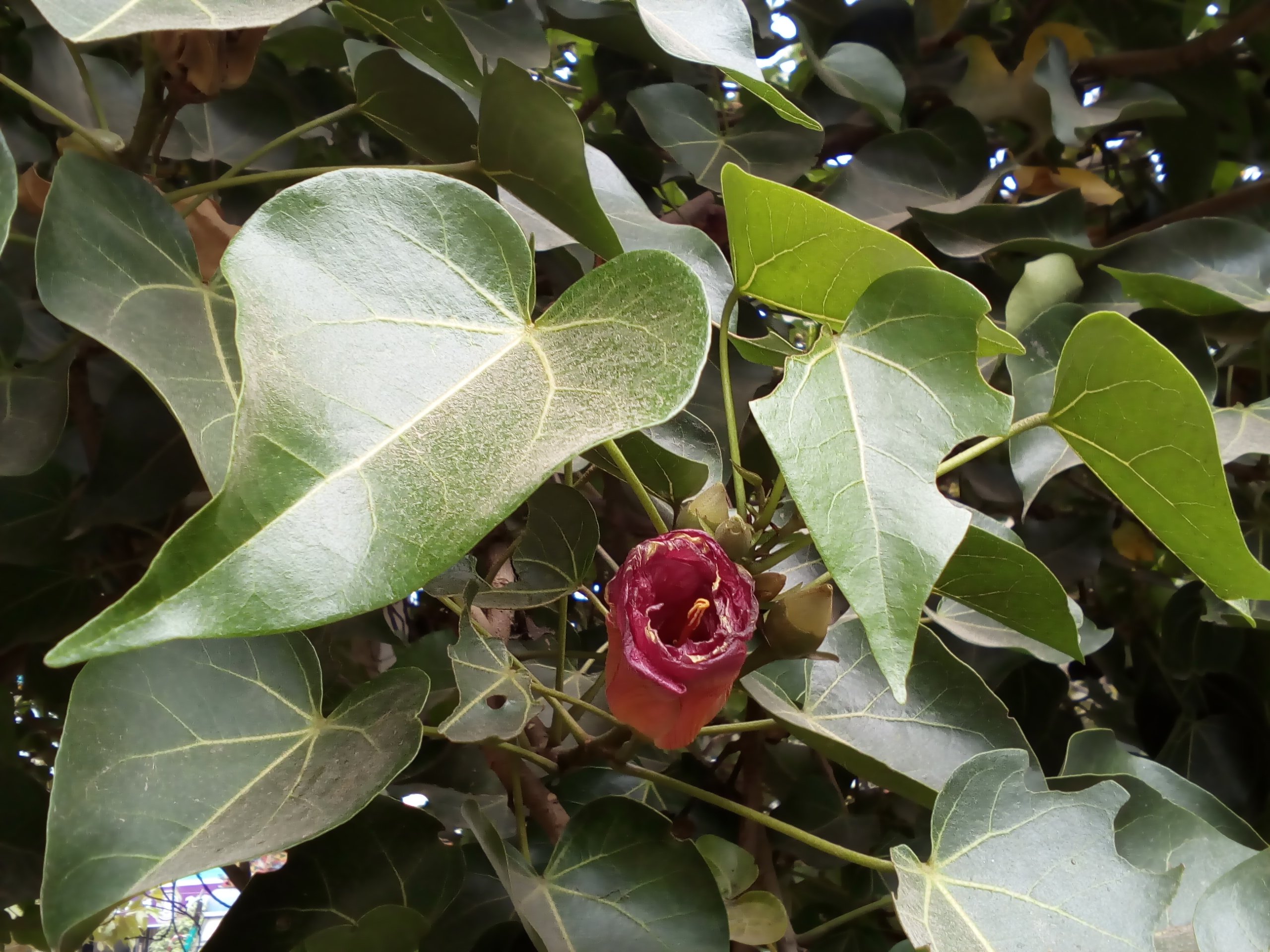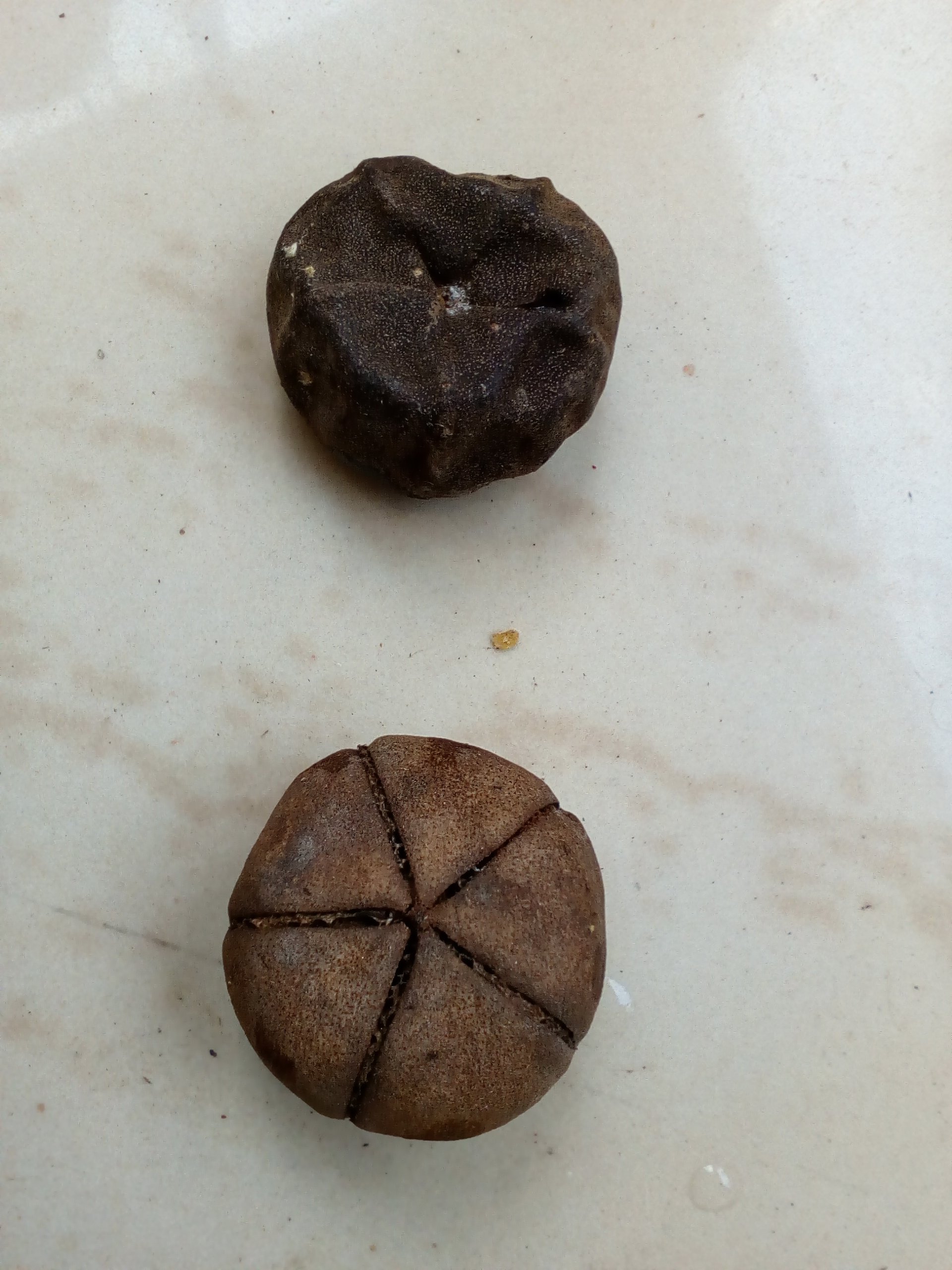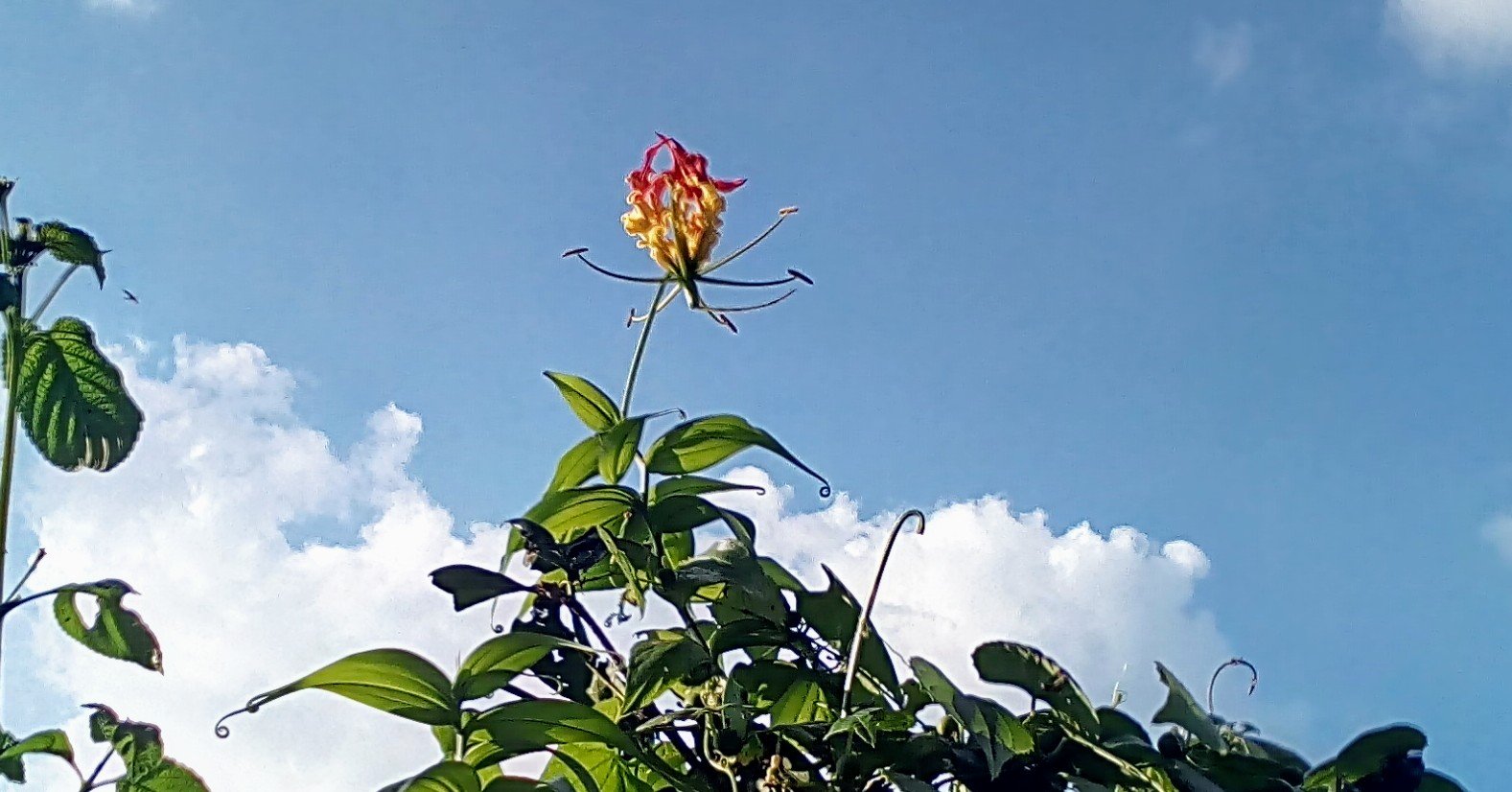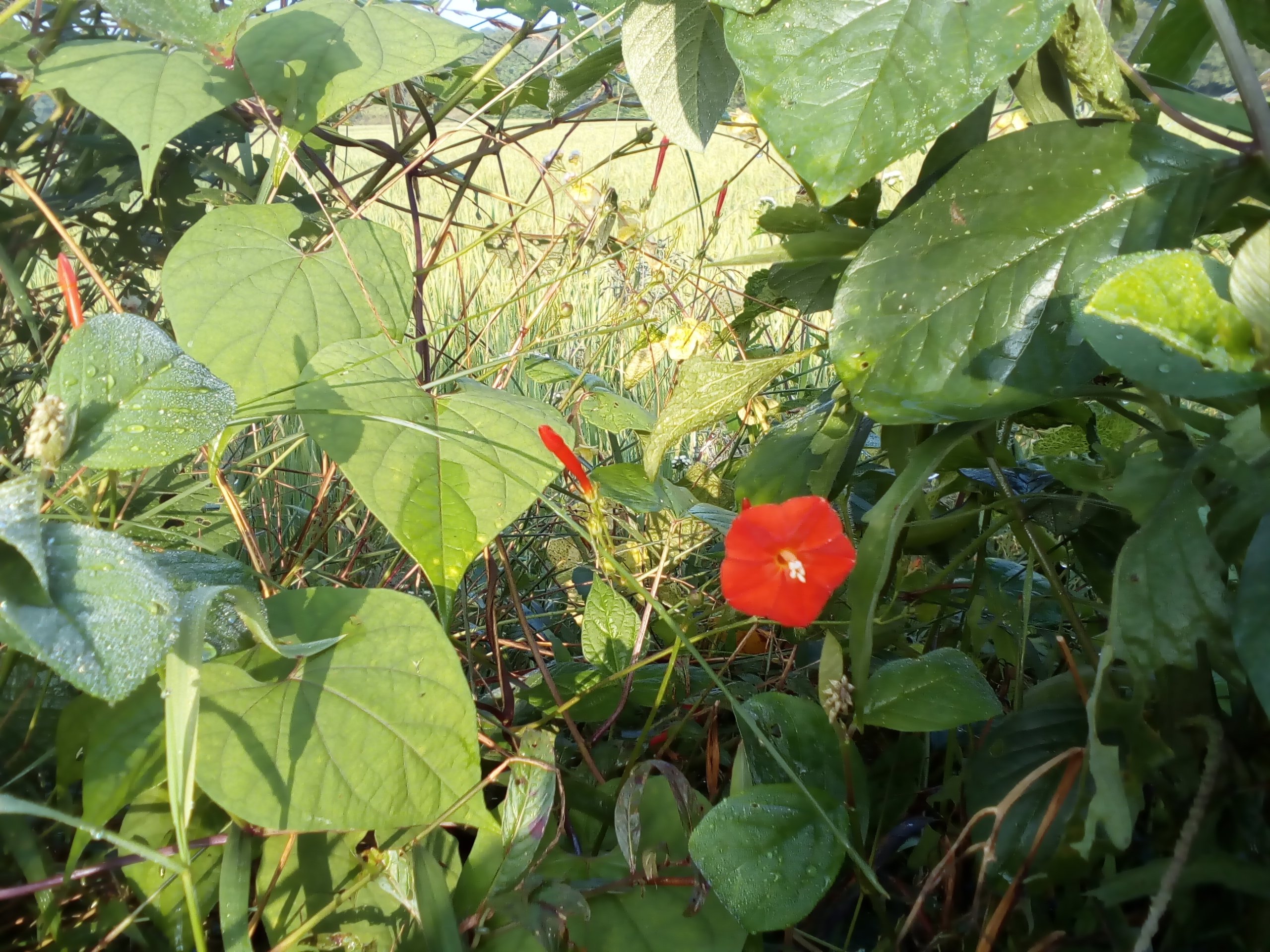It’s been more than two months since my last entry on wild food, and not for a lack of foraging opportunity or inclination. As the young greens that heralded the start of the season mature, becoming tougher and less palatable, the transition into summer brings with it a cornucopia of wildflowers. With long sun-drenched days and temperatures heading into the 20s, foraging becomes a wonderful excuse to spend hours rambling about the increasingly colourful and scent-ful countryside.
This is though also a time of intense activity for the homesteader, and there just hasn’t been time to head out to the hedgerows. The large communal vegetable garden is still in the process of being set up and there’s been a huge amount to do, in addition to the regular sowing, planting, weeding, protecting, supporting and harvesting. Our chickens have veered in and out of broodiness, and we have a clutch of 15 eggs currently on the go. And we have been inundated with swarms of bees, one of which we managed to catch and house in a second-hand Warre hive we recently acquired. In Sakleshpur, we had very little success with vegetables, chickens and bees for various reasons, and poured our energy into wild food. The jungle produce we foraged there was also more substantial. We could eat whole meals of only wild food, and the harvest from a jackfruit tree or a clump of bamboo was enough to feed friends and family for weeks. Here, unless you add hunting to the gathering, your foraging basket rarely amounts to more than a mid-morning smoothie. And while I do fantasise about subsistence living as a hunter-gatherer, with so many humans and so little wild food left, plus the inconvenient fact of private land ownership, it’s just not possible even in the jungles of South India. It is the homesteading not the foraging which will in time mean we can say goodbye to Lidl. But if husbandry replaces the supermarket shop, foraging supplants the pharmacy – by offering a plethora of home remedies for common ailments as well as a huge variety of super foods naturally containing all the good stuff that those expensive supplements aim to artificially supply.

Few can resist the blooming of the elder tree, so, swapping wheelbarrow for basket, I headed out with the boys to collect some flowers.
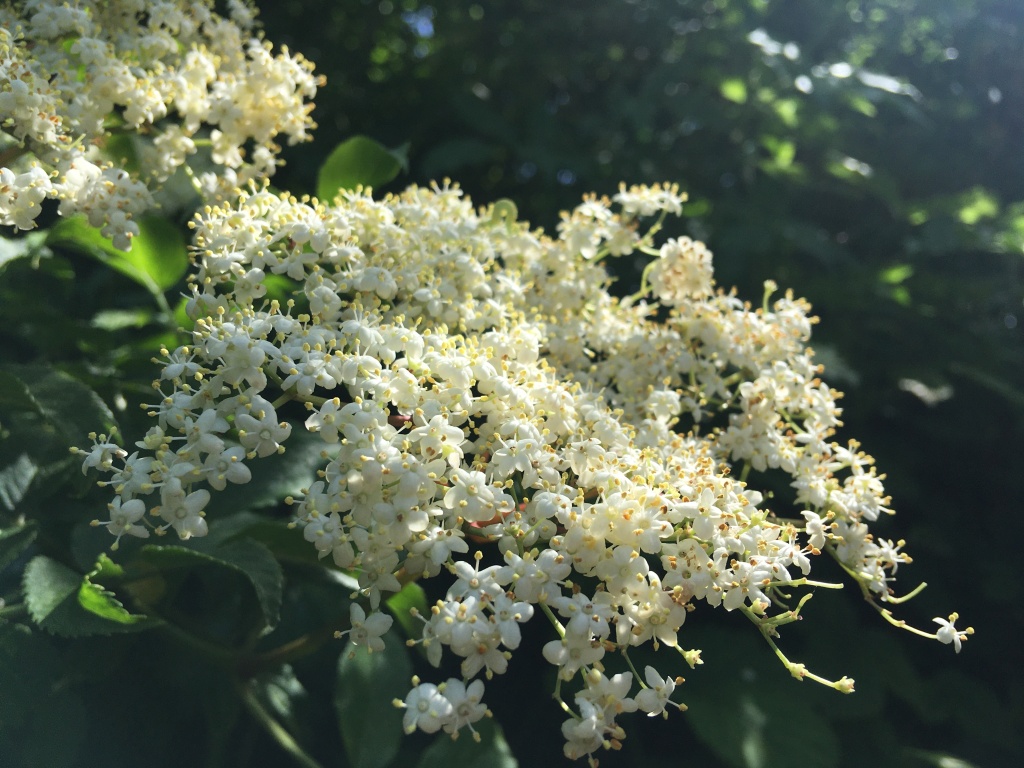
In its season elderflower grows plentifully, you don’t need much for each recipe and there is almost no processing to do – so it’s a quick and easy foraging prize. I made two variations on the increasingly popular elderflower cordial theme – one with added hawthorn flowers (great for the heart) and one with a few handfuls of rose petals. Elderflower is far and away the best known and most loved English edible wildflower, but there are many more that bloom around this time of year: dandelion, primrose, hawthorn, honeysuckle, borage, chamomile, daisy, violet. The list goes on. Last season we experimented with a great variety of wildflowers, almost all of which tick both health and gourmet boxes. We spent hours picking off the green sepals from dandelion flowers to make a dandelion syrup. I tried candied primroses on cakes, mixed wildflower syrups for flavouring kombucha, rose water from the ephemeral petals of the dog rose and dried elderflower for tea.


The syrups involved an awful lot of sugar and rarely captured the subtle flavour of the flower(s) in question, and I still haven’t decided upon the best way for using these delicate and delicious blooms. I wonder how they were used traditionally. Home brew certainly. An older neighbour tells me his grandfather would pay all the village children to pick the dandelions which he then used to make a rather strong dandelion wine. And similarly I’ve heard of elderflower champagne. I think some were used more medicinally, in balms and tinctures. And perhaps some were picked and eaten just like that.

